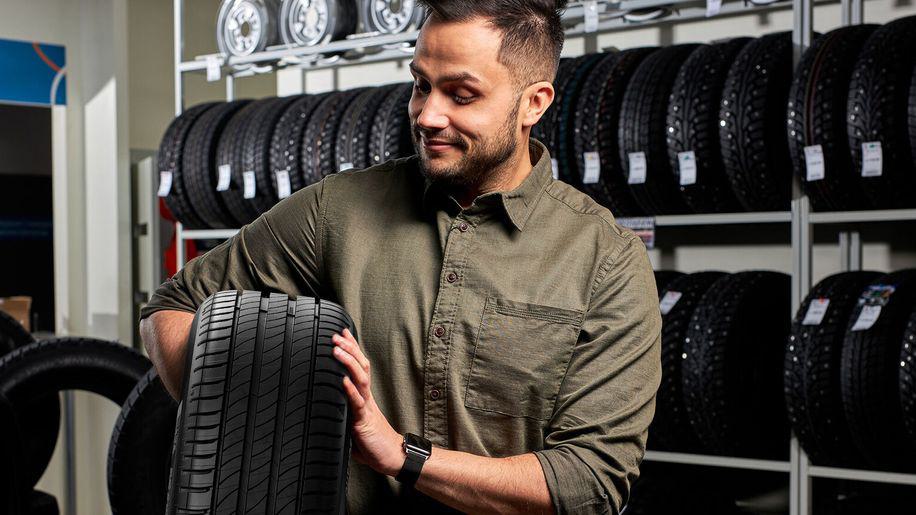-

Can you change your tyre’s size?
Do you want to change the size of your tyres? It is possible, but there are some restrictions. In this article, we go through them.View more -

What is rolling resistance?
Rolling resistance (RR) has a significant impact on the energy a vehicle needs to move. Hence a direct link with fuel consumption for combustion-powered cars - around 20% - or battery range for electric vehicles. Tyre design can help reduce rolling resistance.View more -

What are Runflat tyres?
Runflat or run flat tyre, RFT tyre, run on flat tyre, puncture proof tyre, Self-supporting tyre, extended mobility tyre, zero pressure tyre, ZP, EMT, SST, ROF, BSR... You may have already come across one of these terms without really knowing what it means. For several years now, runflat technology has been used mainly for sport and premium vehicles as a solution against the risk of accidents caused by a sudden puncture. Read on to learn more with MICHELIN.View more -

Tyre load rating and tyre speed rating
[object Object]View more -

Tyre manufacturing and recycling
Tyres: four rubber rings that can take you thousands of kilometers, carry heavy loads and run on rocky, wet, snowy or icy roads. How are tyres made? How does tyre recycling factor into our manufacturing process? Find the answers in this article.View more -

Tyre markings explained
In this article, you will learn to read a tyre size and its maximum load and speed and find out how the brand, range and tyre type, are shown on your tyre. You will also learn about other tyre markings such as the snowy mountain symbol, M+S letters and the significance of the OE marking.View more -

Tyre tread depth and legal limit
A tyre is designed to meet performance requirements. But beyond a certain level of wear, it needs to be changed. What is the role of the tread? Up to what level of wear does the tyre remain effective? And what is the legal minimum tread depth for changing your tyres? Find out the answers to all your questions.View more

